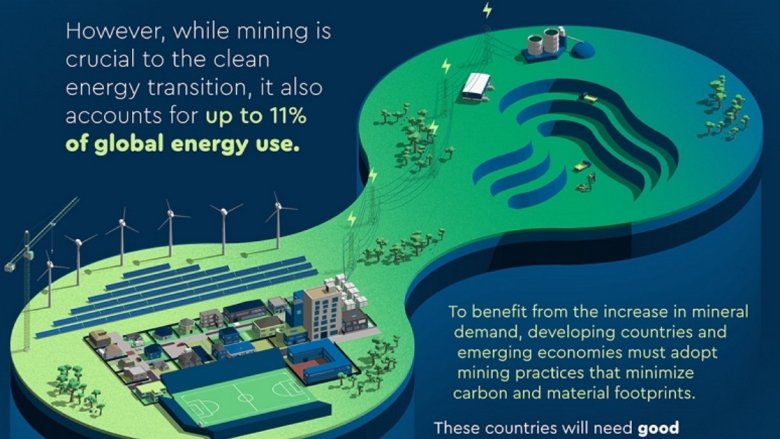The drive towards achieving climate change targets is contributing to major increases in demand for critical minerals, while deeply transforming the way minerals are produced and consumed. The Climate-Smart Mining flagship report Minerals for Climate Action: The Mineral Intensity of the Clean Energy Transition (World Bank, 2020) finds that over 3 billion tons of minerals and metals will be needed to deploy wind, solar and geothermal power, as well as energy storage, required to achieve a below 2°C future. According to the CSM Net Zero Roadmap for Copper and Nickel (IFC, 2023), to satisfy this growth in demand by 2050, annual nickel supply will need to increase by 208 percent and annual copper supply will need to grow 156 percent relative to 2020 production levels, to satisfy the needs of clean technology deployments under scenario 1.5°C. In essence, a low-carbon future is expected to be very mineral intensive because clean energy technologies need more materials than fossil-fuel-based electricity generation technologies. Greater ambition on climate change goals (1.5°C –2°C or below) requires installing more of these technologies and will therefore increase the overall demand of minerals.
This growing demand is creating investment and development prospects for resource-rich countries, applying pressure on the mining sector and downstream value chains to decarbonize, and increase the resilience of their minerals-based value chains, creating pathways that will be responsive to changing climate conditions. In turn, this structural shift will have major impacts on the effected communities and environment including strains on water resources, citizen displacements, and cultural changes if not managed well through responsible and sustainable measures. If managed sustainably and responsibly, some of the benefits that could potentially accrue to resource-rich countries emerging from the decarbonization of minerals-based supply chains include the following: (i) net direct economic benefits (such as taxes and royalties); (ii) net indirect economic benefits (for example shared infrastructure development catalyzed through mine investments); (iii) climate change benefits; and (iv) community development benefits.
The Climate-Smart Mining Initiative will help resource-rich developing countries benefit from the increasing demand for minerals and metals, while ensuring the mining sector is managed in a way that minimizes the environmental and climate footprint.
